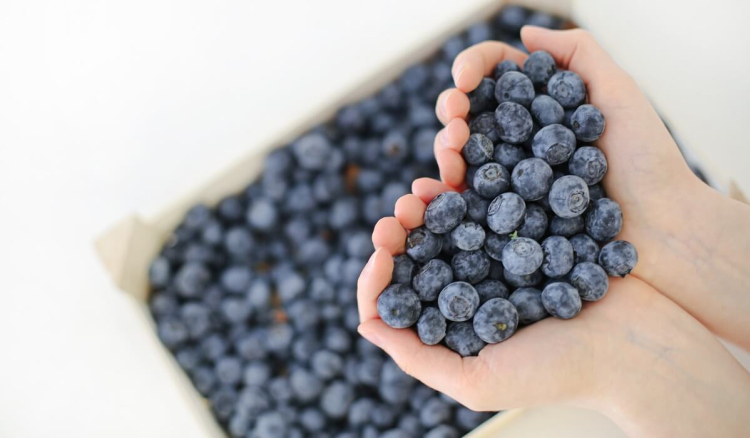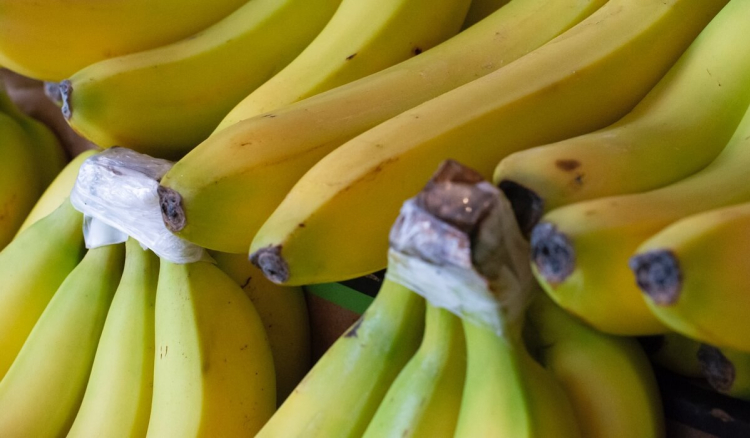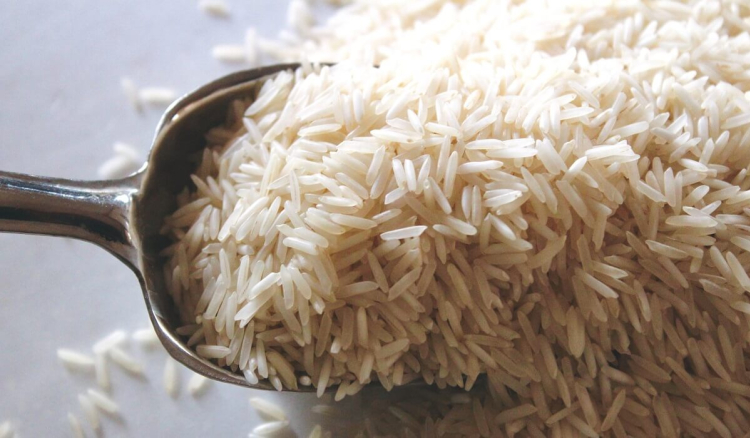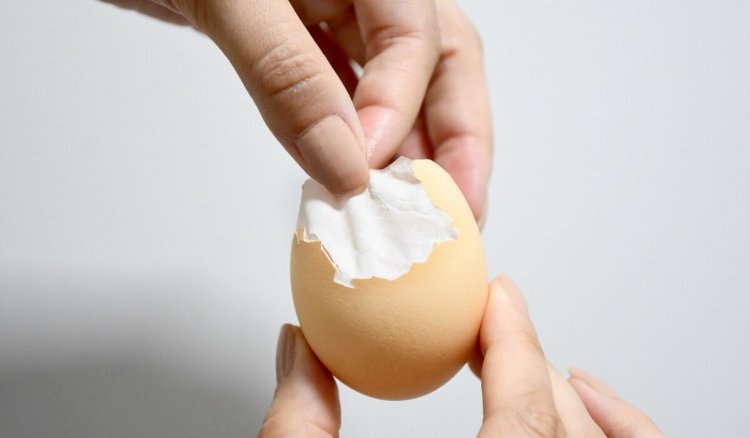.jpg)
Lately, more and more people are interested in the origins of the products they consume, including eggs. But did you know that sometimes one egg can contain two yolks? Or that the color of the yolk can range from pale yellow to rich orange?
Double yolks
Eggs with two yolks usually form when two egg cells are released from a chicken's ovaries almost simultaneously or with a very short interval. If both egg cells are fertilized, they can share the same shell and form one egg with two yolks.
Here are a few factors that can contribute to the formation of eggs with double yolks
.jpg)
Chicken's Age: Young chickens that have just started laying eggs sometimes have an unstable egg cell production cycle, which can lead to the release of two egg cells in a short period.
Chicken Breed: Some chicken breeds have a higher predisposition to produce eggs with double yolks.
Diet and Nutrition: Proper nutrition can stimulate a chicken to produce more egg cells.
Genetics: If a chicken has ancestors that frequently laid eggs with double yolks, the likelihood of this phenomenon occurring in her may be higher.
Housing Conditions: Stress or changes in housing conditions can affect a chicken's egg cell production cycle.
Although eggs with double yolks are an anomaly, they are completely safe to eat and do not differ in nutritional value from regular eggs.
Yolk color
.jpg)
The color of the yolk of a raw egg can vary for several reasons
Chicken's Diet: The primary reason for differences in yolk color is the chicken's diet. Chickens that consume feed with high levels of yellow pigments, such as xanthophylls (found in corn and green plants), usually produce eggs with a more intense yellow or orange yolk. Meanwhile, chickens that eat feed with lower levels of these pigments produce eggs with a paler yolk.
Chicken Breed: Some chicken breeds naturally produce eggs with darker or lighter yolks.
Season: The season can also influence yolk color. For example, in the summer months when chickens have access to fresh grass and insects, yolks may be more vibrant in color.
Feed Additives: Some producers add natural or artificial pigments to chicken feed to achieve eggs with yolks of a specific color, as many consumers associate a rich yolk color with high-quality eggs.
Chicken's Age: Young chickens may produce eggs with paler yolks compared to older chickens.
It's important to note that yolk color does not necessarily indicate the nutritional value or freshness of the egg. A rich yolk color may indicate that the chicken had a diet rich in natural ingredients, but it does not guarantee that the egg is more nutritious or fresher than an egg with a pale yolk.
Can you determine if a chicken is healthy by analyzing all these indicators?
.jpg)
While yolk color may indicate a chicken's diet, it does not necessarily reflect its health. An egg with two yolks also does not provide information about the chicken's health. It is simply an anomaly that can occur for various reasons.
In conclusion, while eggs can tell us a lot about a chicken's diet and age, they do not provide a complete picture of its health. The best way to assess a chicken's health is to pay attention to its housing conditions and care.
- Mysteries of the Palm Islands: undiscovered facts about the "Dubai miracle"
Discover amazing and little-known facts about the legendary symbol of luxury and innovation - the Palm Islands in Dubai
- The colorful saviors of the skies: why do we actually need power line markers
- Speed up banana ripening: 4 hacks for quick and tasty results
Discover four clever hacks to accelerate the ripening of green bananas and enjoy their sweet goodness sooner













